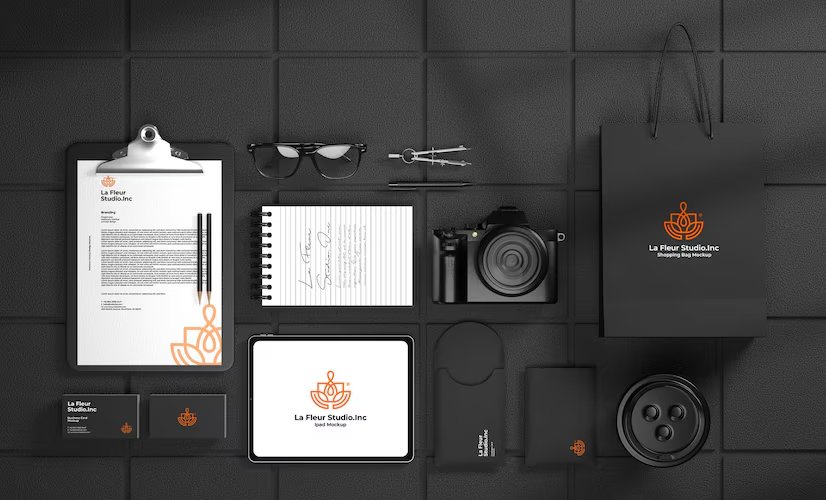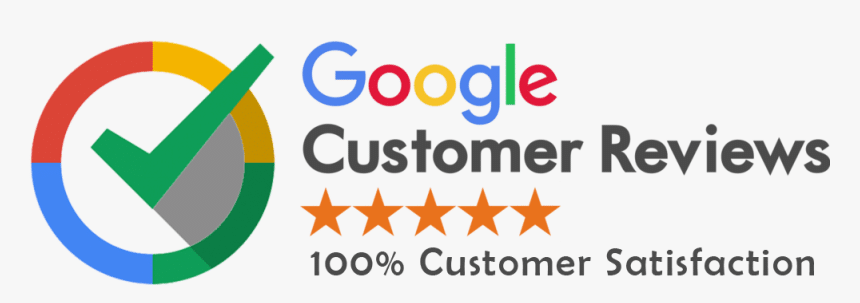Web design is not just about how a website looks. It plays a powerful role in how a business performs online. Many companies think of design as just a visual element, but that limited thinking could hurt more than help. Good web design touches many areas including search engine optimization (SEO), branding, user experience (UX), and even customer trust and conversion rates.

Let’s explore how design impacts everything from your Google rankings to the way customers feel about your business.
Why Web Design Should Not Be Treated as a Separate Element
A common mistake businesses make is treating web design like it’s a separate piece from marketing or branding. In reality, all of these are deeply connected. Your design influences how users interact with your site, how long they stay, and how much they trust you.
If your design is messy, outdated, or hard to use, people leave quickly. This leads to a high bounce rate, which tells search engines that your site might not be helpful. Over time, this affects your SEO performance.
Design and SEO: More Connected Than You Think
SEO isn’t just about keywords and backlinks. Design has a strong impact on how search engines understand and rank your site. Here’s how:
- Page Load Speed: A fast-loading design improves user experience and search engine rankings.
- Mobile Optimization: With Google using mobile-first indexing, your mobile design quality directly affects SEO.
- Clean Code and Structure: Search engines prefer websites that are well-structured and free from unnecessary code.
- Navigation and UX: Easy navigation helps users find content faster, reducing bounce rates and increasing time on site.
- Alt Text and Image Optimization: Good design includes properly optimized images that load fast and include helpful descriptions.
Mobile-First Design is No Longer Optional
More than half of website traffic comes from mobile devices. If your website doesn’t work well on smartphones or tablets, you are already losing potential customers. Plus, Google now uses mobile versions of websites as the main basis for indexing and ranking.
A responsive Web design ensures your site looks and works well on all devices. Fonts should be readable, buttons should be easy to tap, and the layout must adjust naturally to smaller screens.
Good Design Builds Trust and Credibility
A study on online health sites showed that 94% of people who mistrusted a site pointed to poor design as the reason. Only 6% blamed the content. This clearly shows how important visual and structural design is.
When a visitor lands on your website, they form an opinion within seconds. If your design looks professional, people are more likely to trust you. If it looks outdated or cluttered, they may leave immediately.
Consistency Strengthens Your Brand Identity
Your website should reflect your brand’s personality. This includes using the same colors, fonts, styles, and tone across all pages. When visitors see the same visual theme, they remember your brand better.
Consistent design helps build recognition and trust. Whether someone visits your homepage, about page, or blog, the experience should feel unified and smooth.
Accessibility Improves Both SEO and User Experience
An often ignored part of web design is accessibility. Making your site usable for people with disabilities not only opens it to a wider audience but also helps your SEO.
Elements of accessible design:
- Text alternatives (alt text) for images
- Keyboard navigation
- Screen-reader-friendly layout
- High contrast for readability
Google rewards sites that are user-friendly for everyone, including users with disabilities.
Bad Design Can Harm Your Business
Not all websites are created equal. Poor design can destroy user trust and even cost you sales. Imagine an eCommerce site where the checkout button is hard to find or doesn’t work well on mobile. People will leave and shop somewhere else.
Here are a few examples of how bad design can backfire:
- Slow-loading pages cause users to exit quickly.
- Confusing navigation frustrates visitors.
- Broken links and errors create a lack of trust.
- Overuse of animations can distract users or slow down the site.
Technical SEO Elements Connected to Design
Your website’s backend also plays a role in its performance and SEO. Developers and designers need to work together to build:
- SEO-friendly URLs
- XML sitemaps
- Robots.txt files
- Secure hosting (HTTPS)
- Optimized meta tags and headings
All of these help search engines crawl your site better and understand what your pages are about.
Design Influences Conversions
Besides getting traffic, your site should convert visitors into customers. Design elements like call-to-action buttons, forms, and layout play a big part in this.
Tips to boost conversions:
- Use clear and visible buttons (e.g., “Buy Now”, “Get a Quote”)
- Keep forms short and easy to fill
- Use whitespace to focus attention on key elements
- Place important info above the fold
Using Design Tools to Improve Performance
To make sure your design supports SEO and branding, use helpful tools like:
- Google PageSpeed Insights – Checks loading speed
- Mobile-Friendly Test (Google) – Tests mobile usability
- GTmetrix – Gives a full report on site speed and fixes
- Screaming Frog – SEO audit tool for links, images, and tags
These tools guide you to improve weak areas in your design.
The Role of Visual Hierarchy and Content Placement
Web design also affects how content is presented. Users scan pages quickly, so visual hierarchy (the order in which elements are noticed) is important.
Key points:
- Use larger fonts for titles
- Keep main content in the center
- Highlight CTAs with color and placement
- Use bullet points for clarity
A well-designed page guides users naturally to what you want them to do.
Future Trends: What to Watch in Web Design
Staying updated with trends helps you keep your site relevant and fresh.
Some upcoming trends include:
- Voice Search Optimization
- Dark Mode Designs
- Minimalist Interfaces
- Interactive Features (chatbots, animations)
- AI-Based Design Improvements
These not only make your site modern but also align with SEO best practices.
Quick Checklist for Business Owners
Use this checklist to evaluate if your web design supports your goals:
- Is your website mobile-responsive?
- Does it load in under 3 seconds?
- Are images optimized with alt tags?
- Is navigation simple and intuitive?
- Are branding elements consistent?
- Is your content easy to read?
- Are there strong, visible calls to action?
- Do you use HTTPS and a secure host?
- Are headings and meta tags properly used?
Final Thoughts
Web design is more than just decoration. It influences how search engines rank your site, how users feel about your brand, and how likely they are to take action. A thoughtful, user-friendly, and SEO-aware design creates a strong foundation for any online business.
If you haven’t reviewed your site design lately, now is a good time. Making even small changes can lead to big improvements in traffic, trust, and sales.
A successful website is not just about looking good—it is about performing well in every way that matters.


